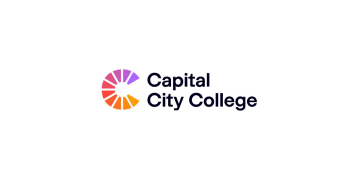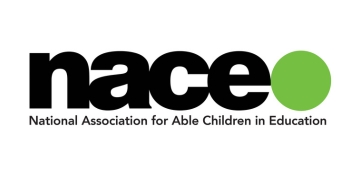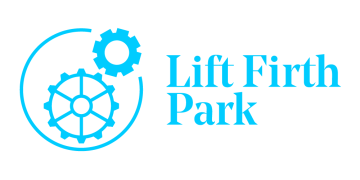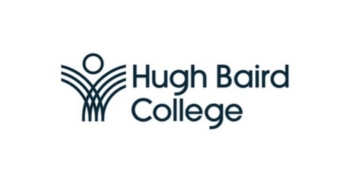Multi-academy trusts (MATs) face a fundamental challenge: recruiting and retaining skilled governors while maintaining meaningful community engagement. This challenge is even greater for educationally-isolated schools, where there are few large-scale employers to draw volunteer governors from.
In 2022, one MAT in the south west decided to restructure its school governance to mitigate the governor recruitment issues affecting its 26 schools, which included many rural schools.
As Plymouth Marjon University leads the way in place-based research in education, we were keen to explore how this MAT’s attempts to mitigate the skilled governor shortages would work.
Our report, launched last week, offers crucial insights for MAT leaders considering streamlining local governing bodies (LGBs).
Replacing LGBs with five hub advisory boards (HABs) in January 2023, the MAT allocated each HAB five or six schools in geographically close areas. The HAB school governance model promised fewer, but more skilled governors, streamlined processes, and better cross-school collaboration.
Significant benefits
The HAB model demonstrates considerable promise in addressing systemic governance challenges.
Operational efficiency emerged as a clear strength, with reduced administrative burden on headteachers through streamlined processes and enhanced strategic trustee focus through consolidated reporting mechanisms.
The model successfully promotes standardisation and coherence across MATs while maintaining capacity for contextual responsiveness. Geographical clustering of schools to HABs enables face-to-face collaboration, particularly valuable for educationally-isolated schools facing place-based limitations in accessing resources.
Cross-school collaboration flourished under the HAB structure, with primary and secondary schools sharing experiences and learning from each other.
For a MAT spanning two rural counties in the south west, the geographical clustering enabled leaders to work together, align policies, share staff and create smoother primary-secondary transitions, benefits identified in our previous research on hub schools.
Implementation challenges
However, the research revealed significant gaps that threaten long-term effectiveness.
A democratic gap
Among these, community awareness and engagement presents the most concerning finding. Only 18 per cent of surveyed parents reported full understanding of how their school engages with its HAB, while 90 per cent could not identify their HAB chair.
As the NGA’s CEO Emma Balchin comments in the report foreword: “We are confronted with a governance gap that threatens the very accountability relationships that make education democratically responsive”.
A confidence gap
Role clarity of HAB members was also problematic, with nearly half reporting uncertainty about their core functions after five school terms. This uncertainty manifested as a “confidence recalibration” when HAB members realised how complex contextualised scrutiny was in technical areas, demonstrating the need for considered training.
Accountability gaps
Accountability mechanisms present complex challenges too. While streamlined reporting processes represent clear strengths, senior leaders increasingly reported that HABs lack sufficient understanding of individual schools to provide effective challenge and support.
Meanwhile, the HABs are advisory only, so when recommendations did not translate into action, several HAB chairs felt ignored.
These implementation challenges are being addressed by the MAT in the research, but show a critical tension between operational efficiency and democratic representation that requires careful consideration.
Relationship gaps
Finally, the research revealed that governance effectiveness hinges not on structural sophistication but on relationship quality.
Where former LGB chairs transitioned to HAB roles, continuity of knowledge and trusted relationships enabled smoother implementation. Conversely, where HAB members lacked school-specific connections, both challenge and support suffered.
Key recommendations
The findings offer mixed outcomes that provide important lessons for the 88 per cent of MATs that maintain some form of local governance. Four priorities stand out:
Strategic planning
Conduct thorough stakeholder consultation before implementation, ensuring all community members understand the rationale for change.
Develop clear role definitions and terms of reference for HAB members that specify responsibilities, authority levels, and interactions with other governance structures.
Implementation framework
Invest in comprehensive and sustained HAB member training and development programmes addressing both foundational governance skills and technical competencies, particularly financial oversight and risk management.
Stakeholder engagement
Maintain meaningful community representation through regular, structured HAB member interactions with individual schools and their communities.
Establish transparent communication channels including visible HAB membership information on school websites and accessible contact procedures for parents.
Quality assurance
Implement regular skills-assessment and training programmes that acknowledge the “confidence recalibration” process.
Monitor governance effectiveness through systematic evaluation of stakeholder satisfaction, HAB member confidence, and school leader perceptions.
There are reasons to remain cautiously optimistic about HAB school governance’s potential. The efficiency gains and collaborative opportunities are real and valuable, particularly for trusts serving educationally-isolated communities.
The future of MAT governance appears to lie not in choosing between efficiency and engagement, but in creating structures that can deliver both.
HABs can work, but only when they preserve what matters most about local governance: deep understanding of school contexts, trusted relationships with communities, and the capacity to provide meaningful challenge and support.












Your thoughts